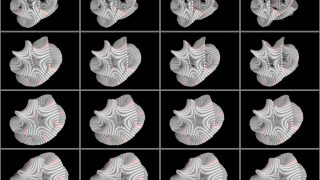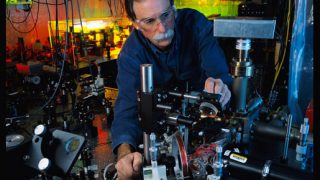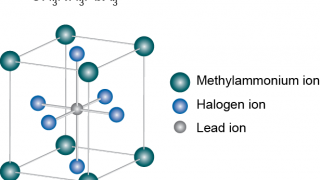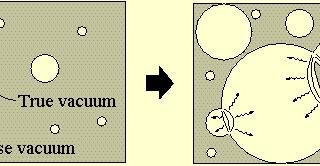
Clearly placed before the mathematical mind
We recently explored the concepts that Faraday introduced regarding the relationship between electricity and magnetism. In this article we focus on their treatment by Maxwell. The work of Oersted, Ampere, Henry, and finally Faraday had established two basic principles of electromagnetism: 1. An electric current in a conductor produces magnetic lines of force that circle […]








